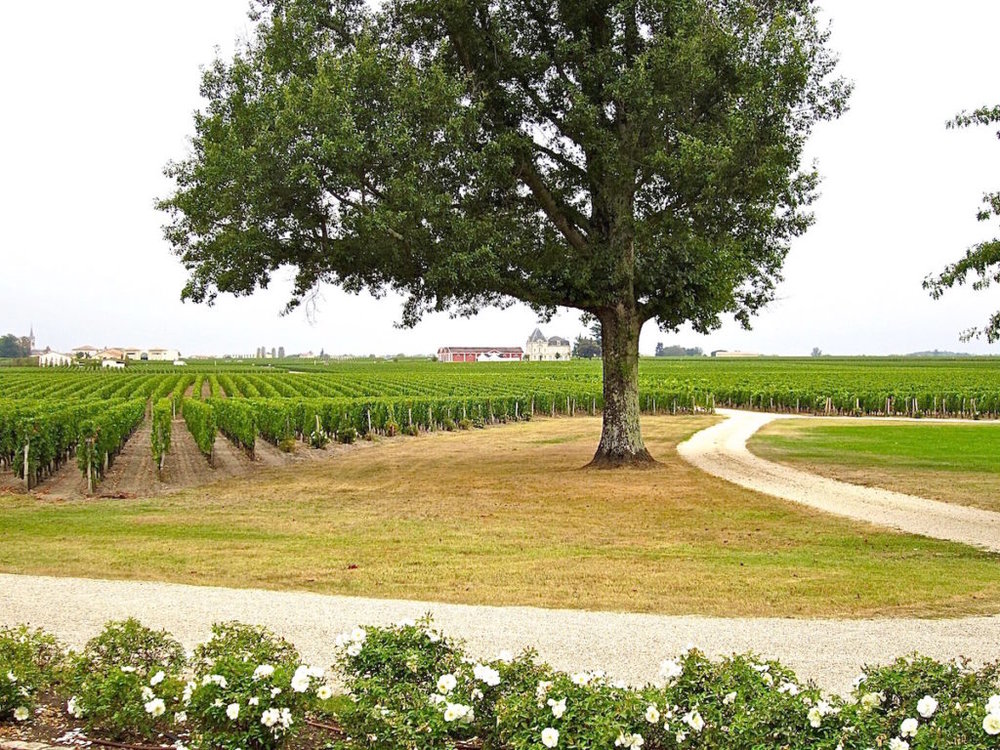
Fans of the movie Sideways, the wine-drenched 2004 film following the debaucherous adventures of friends, Jack and Miles, in California wine country, will probably recall Miles' disdain for one grape in particular...Merlot. His obvious, ahem, revulsion at the mere mention of it is really quite hilarious - click here to view but be warned, there's a smidge of profanity!
The irony in the film, however, is that Miles' most treasured bottle in his wine collection is a 1961 Château Cheval Blanc, a highly coveted, collectible bottle made of mostly...wait for it...MERLOT! Perhaps the wine's status as one of the most revered Bordeaux wines in existence made it possible for him to overcome his Merlot-phobia?
It's hard to say, but thoughts of the film had us smiling as we eased into the gravel drive of Château Cheval Blanc on a hauntingly beautiful, overcast September day.
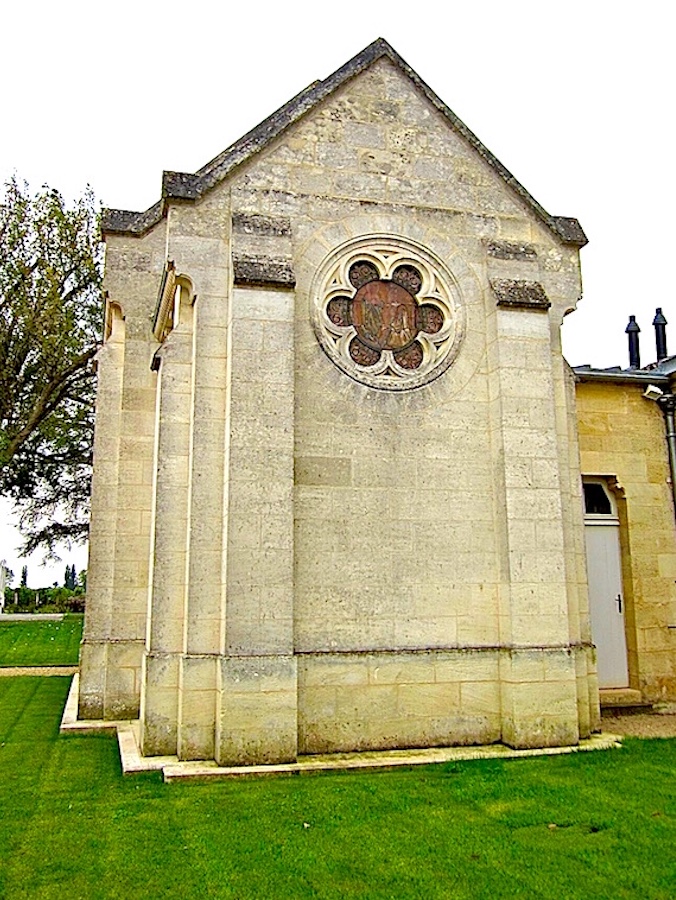
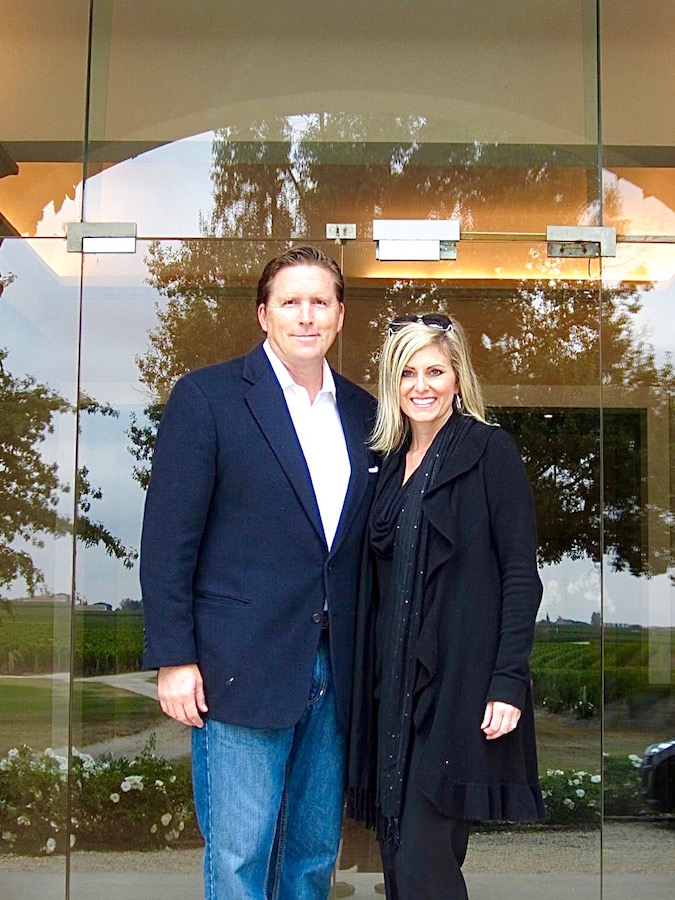
Located in rural Saint-Émilion among the lush greenery of Bordeaux's Right Bank, we were looking forward to visiting this revered estate whose terroir has been highly regarded since the 15th century. The estate currently produces two wines, the eponymous Château Cheval Blanc as well as a second wine, La Petit Cheval, which made its debut in the 1988 vintage.
In addition to its wines, the Château had also recently completed a major renovation which we were also very eager to experience. But first, a little vinous history.
Since the Saint-Émilion classification system's inception in 1954, Cheval Blanc has been categorized as a Premier Cru Classe A, the system's highest level. The Chateau shares this distinction with only three other producers: Château Ausone, Château Pavie and Château Angélus. While Cheval Blanc and Ausone have been exclusive members of this prestigious classification since the beginning, the 2012 update added Chateaux Pavie and Angélus.
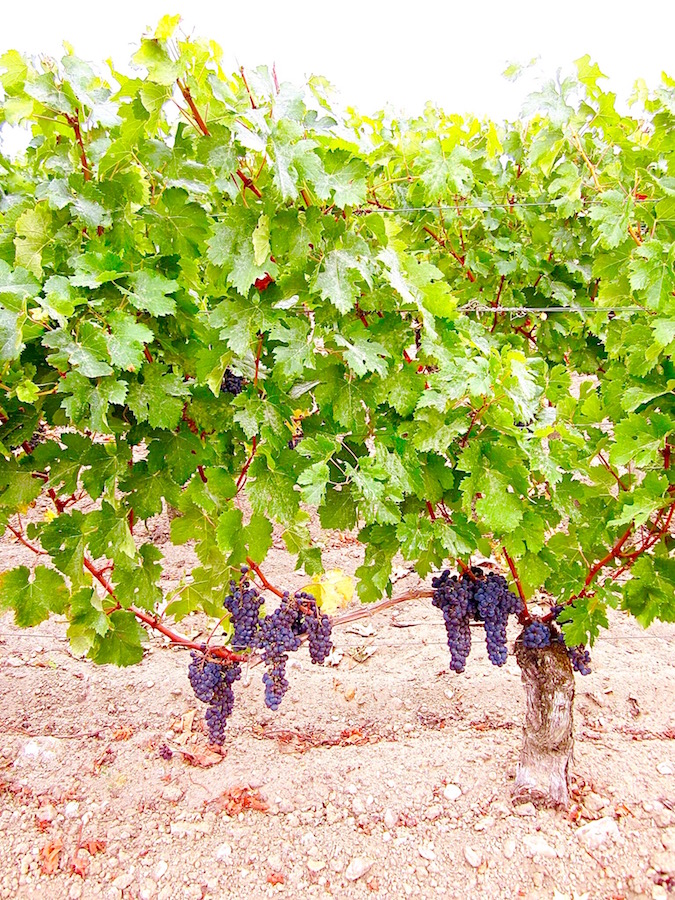
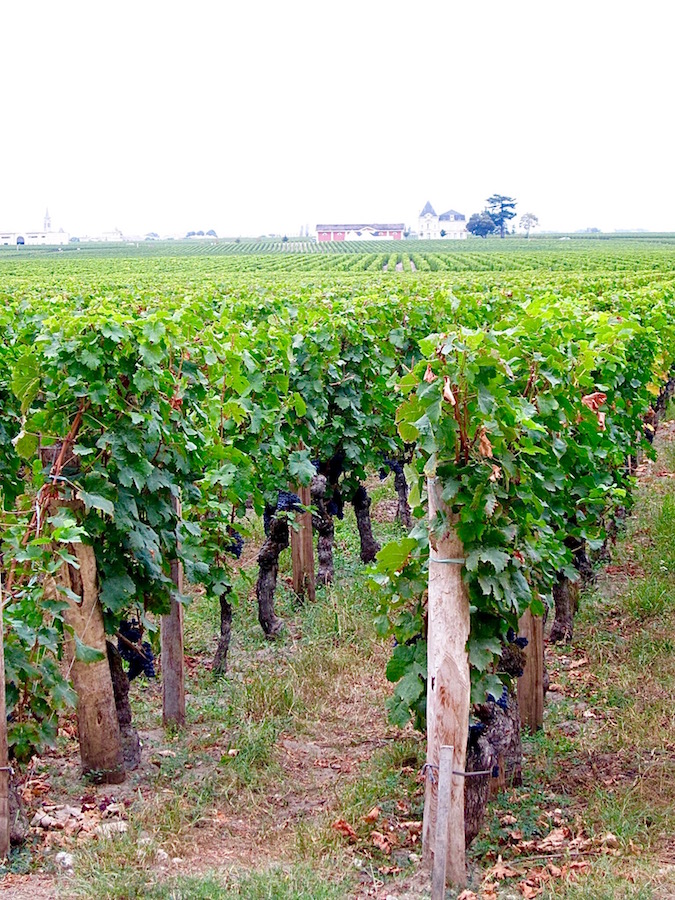
The property now known as Château Cheval Blanc, French for "white horse," was once part of a larger, 200-hectare estate known as Château Figeac. While vines have been grown here for centuries, it wasn't until Jean-Jacques Ducasse purchased a portion of the estate in 1832, that the core of what many would consider the finest Chateau in all of Bordeaux was formed. Over the next 20 years, the family continued to add land to estate until it reached 39 hectares which is where it still stands today.
When Jean-Jacques' daughter Henriette married Jean Laussac-Fourcaud, a Libourne wine merchant, a new chapter in the evolution of Château Cheval Blanc began. In the 1860's, Laussac-Fourcaud's keen intuition led him to replant the vineyards to half Merlot and half Cabernet Franc, the two grapes which, to this day, thrive on Bordeaux's Right Bank.
He also realized the importance of water stress in order to produce the finest grapes possible. Formerly known as vin de Figeac, the wine was first sold under the Cheval Blanc name in 1852.
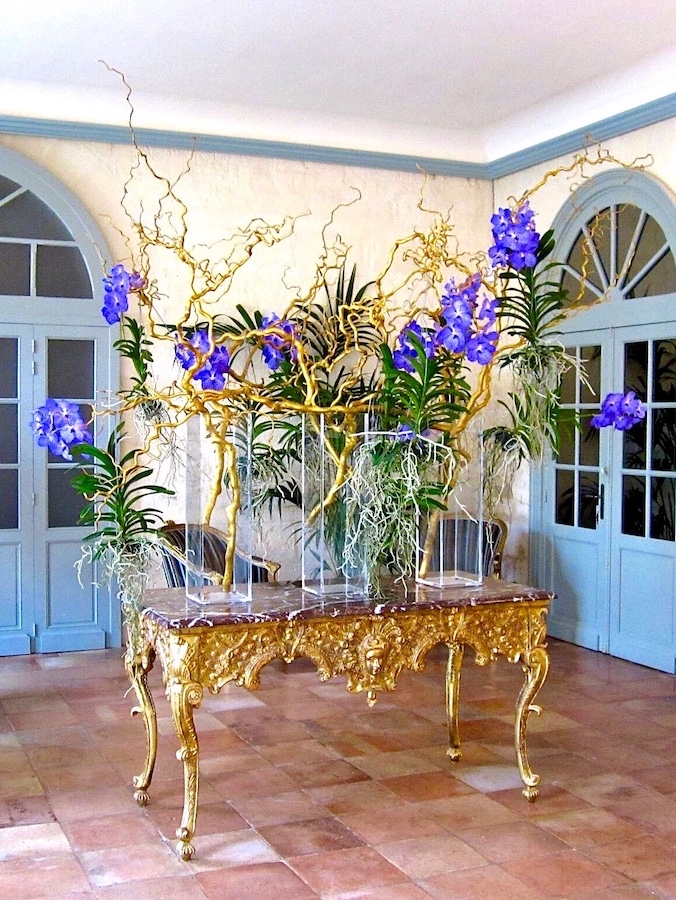
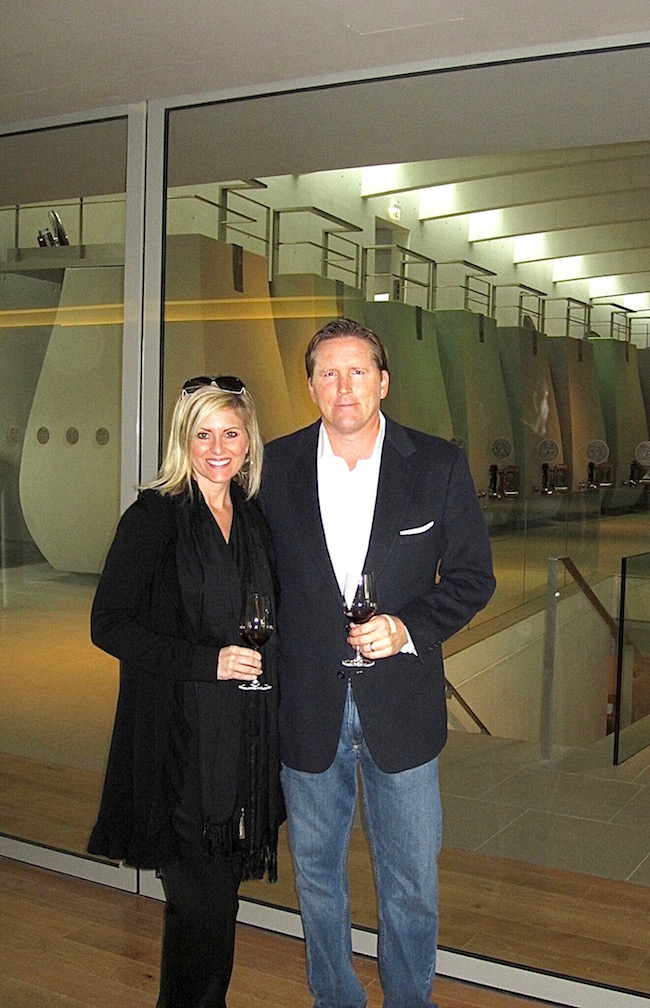
For thirty years, Jean Laussac-Fourcaud dedicated himself to one thing only, making the wines of Château Cheval Blanc the best in Saint-Émilion! His hard work paid off and his wines won many awards over the years and developed a reputation of excellence.
In the 1880's Cheval Blanc was even considered on par with the finest wines of the Médoc, garnering similar prices as wines from the famed Chateaux Margaux, Latour, Lafite and Haut-Brion. Once Jean Laussac-Fourcaud passed away, his son Albert inherited the Chateau and perpetuated the work of his father and made even more improvements in the vineyard. By the time Albert's two sons, Jacques and Joseph, inherited the estate, they too followed in the footsteps of their father and grandfather before them.
Over the ensuing decades, acknowledgements of excellence continued to solidify the family's legacy including the aforementioned appointment in the Saint-Emilion Classification system as Premier Grand Cru Classé "A." This exalted rank was perpetuated in each following classification update and Cheval Blanc became a member of the exclusive "Club of 9" comprising the first growths of Bordeaux. Perhaps cellarmaster of Cheval Blanc for 44 years, Gaston Vaissière, summed it up best when he deemed the vineyards' terroir "magical."
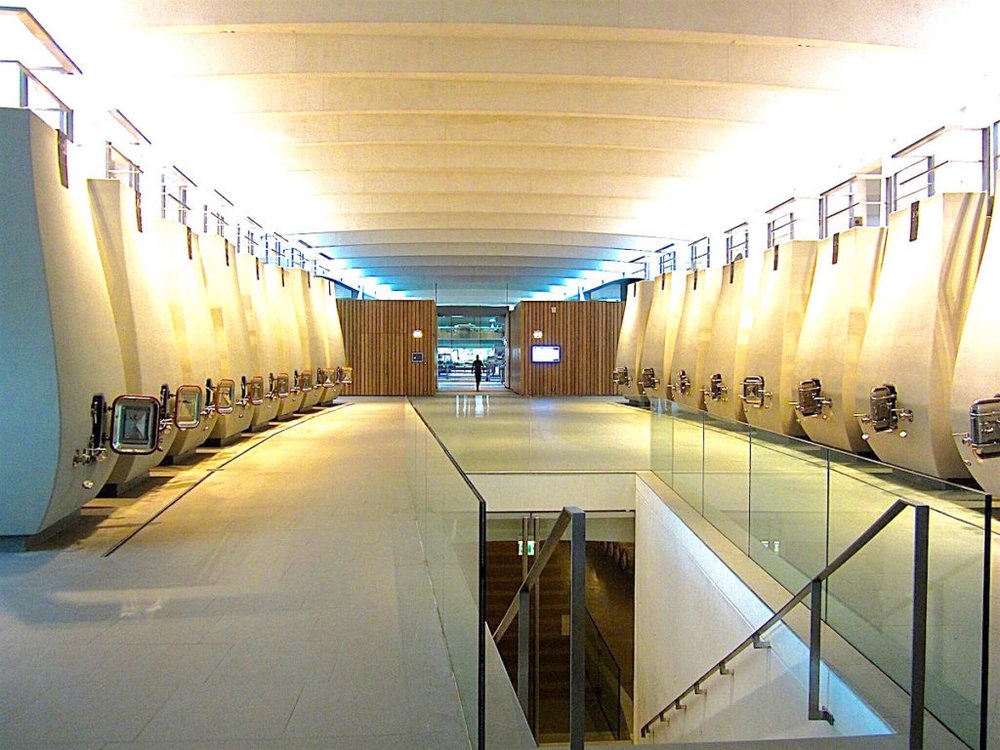
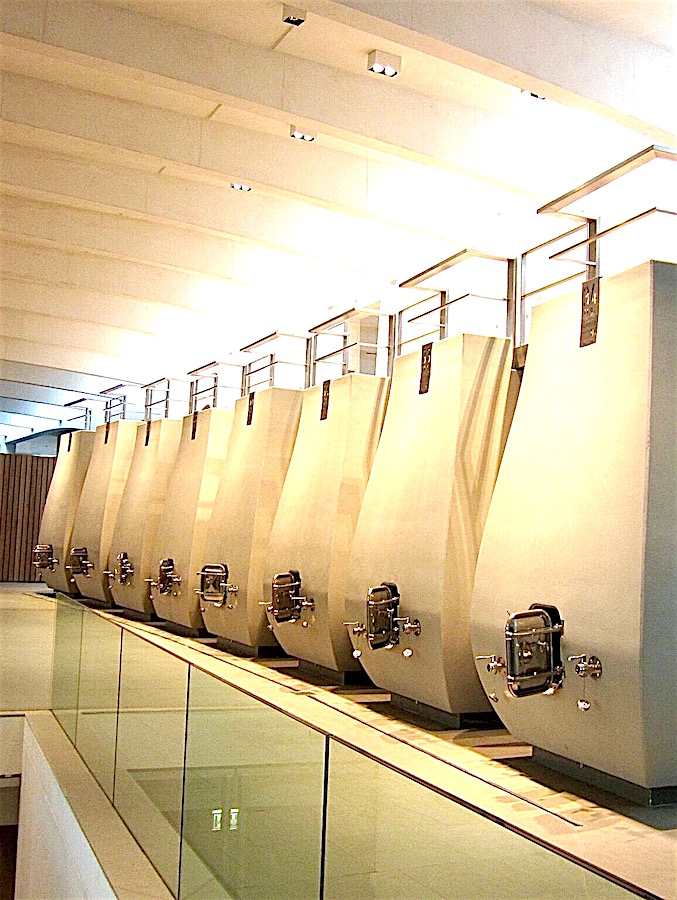
The priority today continues to be producing wines of the utmost quality, which calls for enormous attention to detail and winemaking precision.
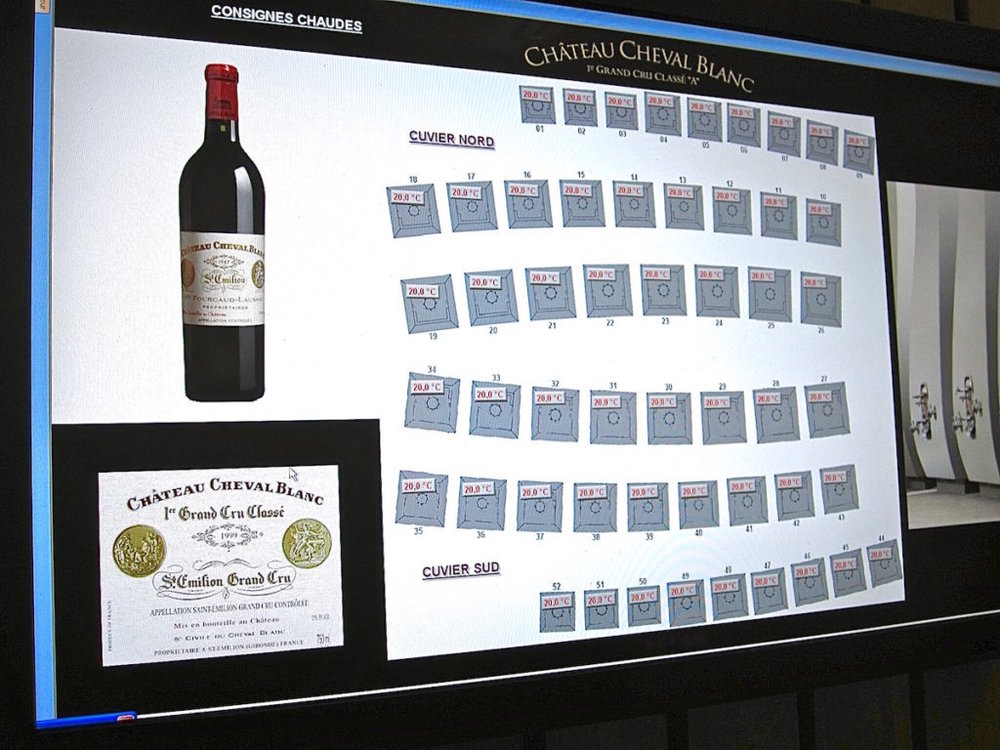
Another important chapter of the Cheval Blanc story commenced in the Autumn of 1998 when Bernard Arnault and Baron Albert Frère, old friends and lovers of great wine, joined forces to purchase the fabled château.
They brought on Pierre Lurton as Estate Manager and injected a dynamic new spirit into the Château while maintaining the utmost reverence and respect for its history. They also placed their complete trust in the winemaking team to continue their wonderful work. The priority today continues to be producing wines of the utmost quality, which calls for enormous attention to detail and winemaking precision.
With a vision towards the future, the duo embarked on the addition of a new, state-of-the-art cellar adjacent to the Château. The impressively modern structure was designed by Christian de Portzamparc, winner of the Pritzker Architecture Prize in 1994, and was completed in June 2011. Reflecting the taste of the Château owners, the addition is both futuristic and in keeping with the surrounding historic vineyard landscape which is listed as a World Heritage Site by UNESCO.
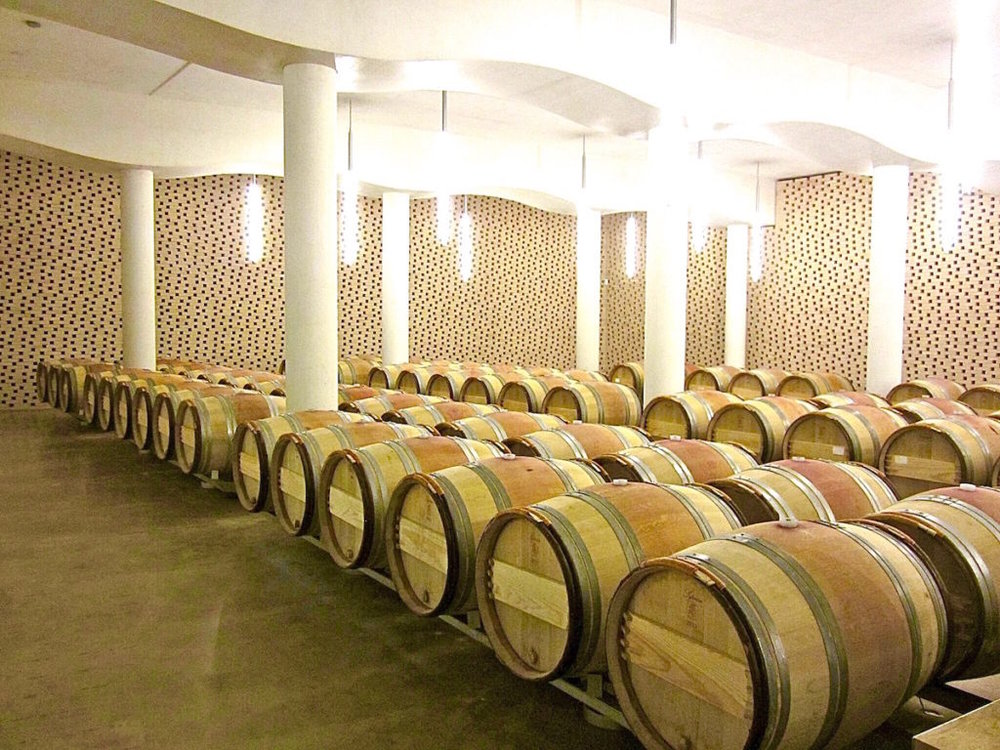
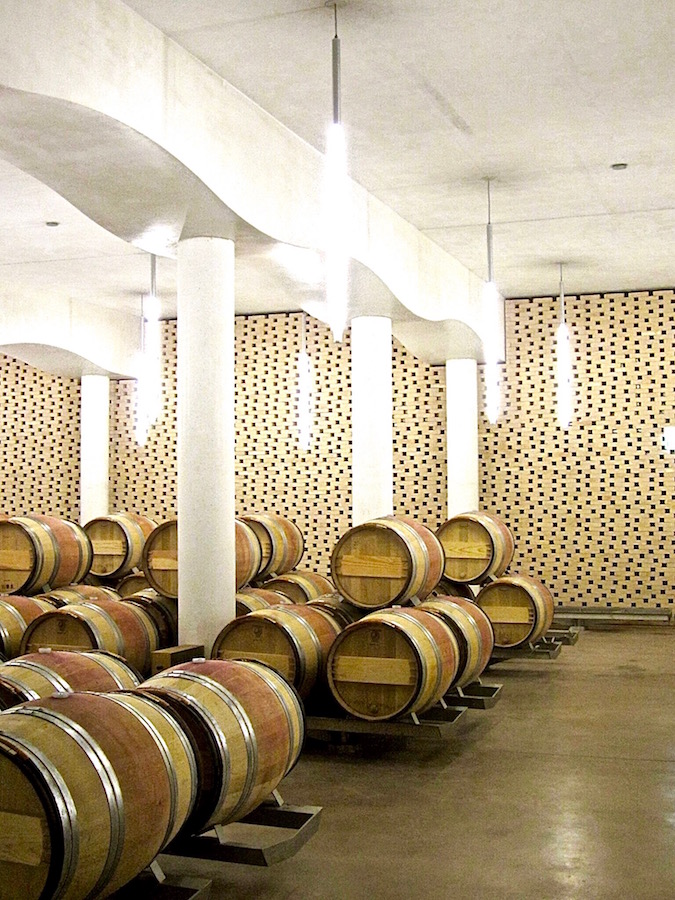
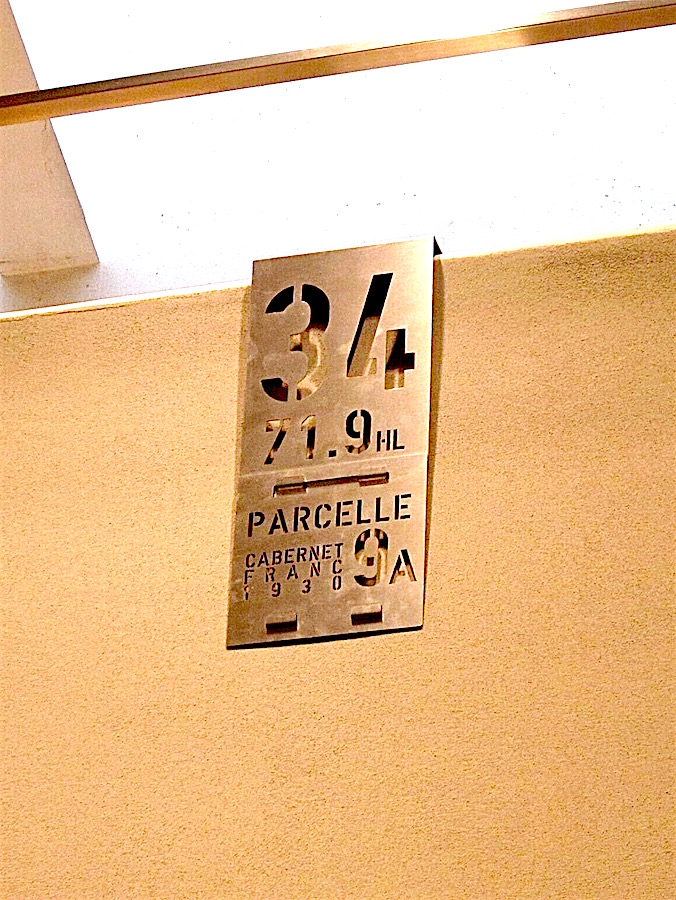
The new Cheval Blanc cellar was extremely well-received and the first structure in its category to be certified for the High Quality Environmental (HQE) standard. With its uber-stringent criteria, this certification recognizes great care taken in choosing building materials, energy conservation, waste water management as well as acoustic comfort and employee well-being.
On our tour of the new facility, we felt like we were walking on truly hallowed ground. The new cellar's intimate yet airy feel exuded elegance with its monochromatic colors and diffused natural light. One of the most striking interior vistas features six rows of curvilinear Italian concrete vats stoically flanking a walkway and stairwell down to the barrel room.
The number of vats correlates exactly with the Chateau's fifty two vineyard plots, allowing each one to be vinified separately, a very important component in the production of the Cheval Blanc wines. Each bespoke vat is individually tailored to the size of its assigned vineyard plot and labelled with its corresponding plot number, grape variety and the number of hectoliters the plot produces. The temperature of each vat is also individually controlled and monitored by a super sophisticated control panel. The integration of tech-savvy features and sophisticated aesthetics in this impressive structure was truly amazing!
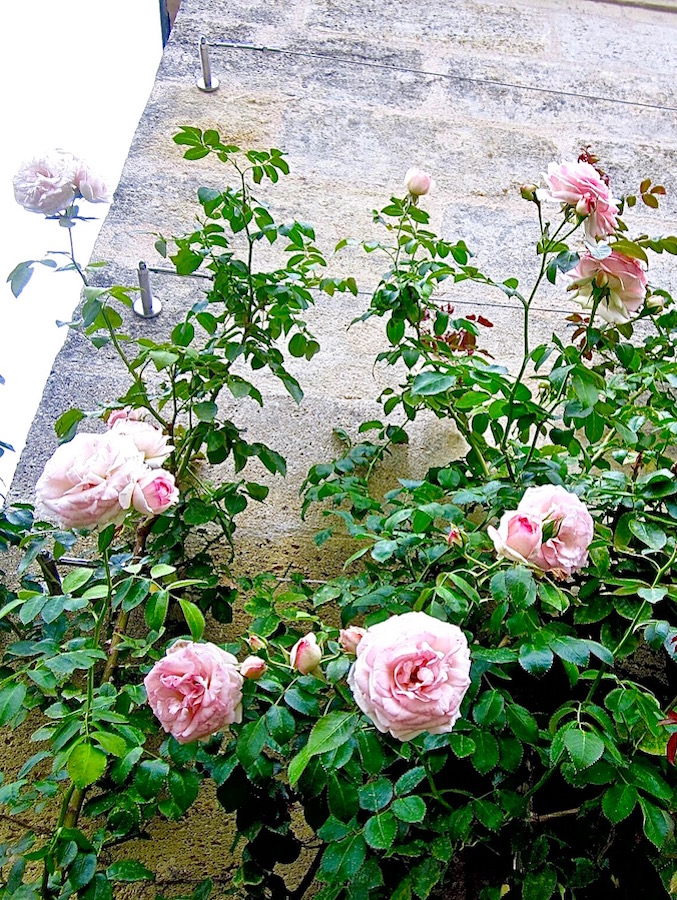
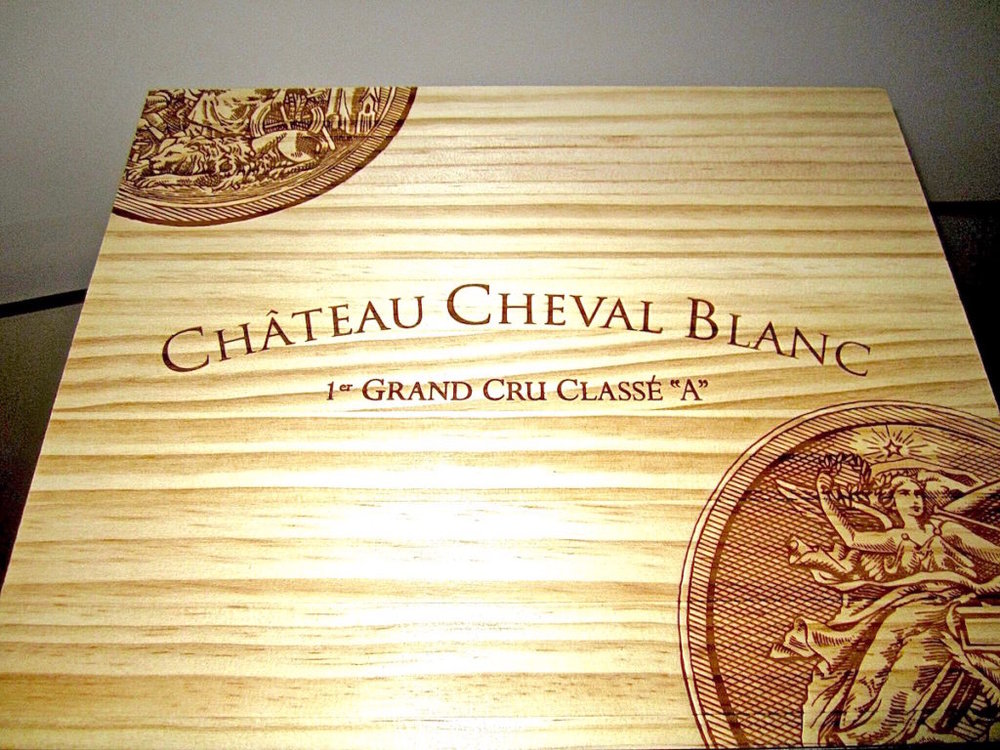
One level below the tank room was the extensive underground barrel cellar where French barriques cradled the aging wine. The artfully displayed barrels were illuminated by the soft glow of stylish, low-hanging pendant lighting. The cellar's beautiful Mashrabiya walls, inspired by traditional Arabic wooden screens, served the dual purpose of concealing machinery and equipment while facilitating ventilation. Standing amidst the barrels, the intimate, elegant space felt more like a chic hotel lobby than what you'd expect to find in a musty wine cellar.
After we toured the cellar's interior we were led up to the rooftop which featured beautiful gardens and panoramic views of the bucolic splendor surrounding the estate. The view also included the vineyards of another world renowned estate, Chateau Pétrus, which is only a stone's throw away in neighboring Pomerol. While the prestigious Chateaux and vast holdings of the Left Bank are certainly very impressive, we were truly smitten with the verdant lush greenery and relaxed charm of the Right Bank.
Finally, we toured the estate's vineyards and were able to walk among its revered vines. As we meandered down the gravel paths we were able to pluck some of the Cabernet Franc grapes straight from the vine. Since it was September just before harvest, the grapes were juicy and perfectly ripe. After we had each sampled a few of the delightful jewels, we were ushered away from the vineyard in order to avoid cutting into their profits!
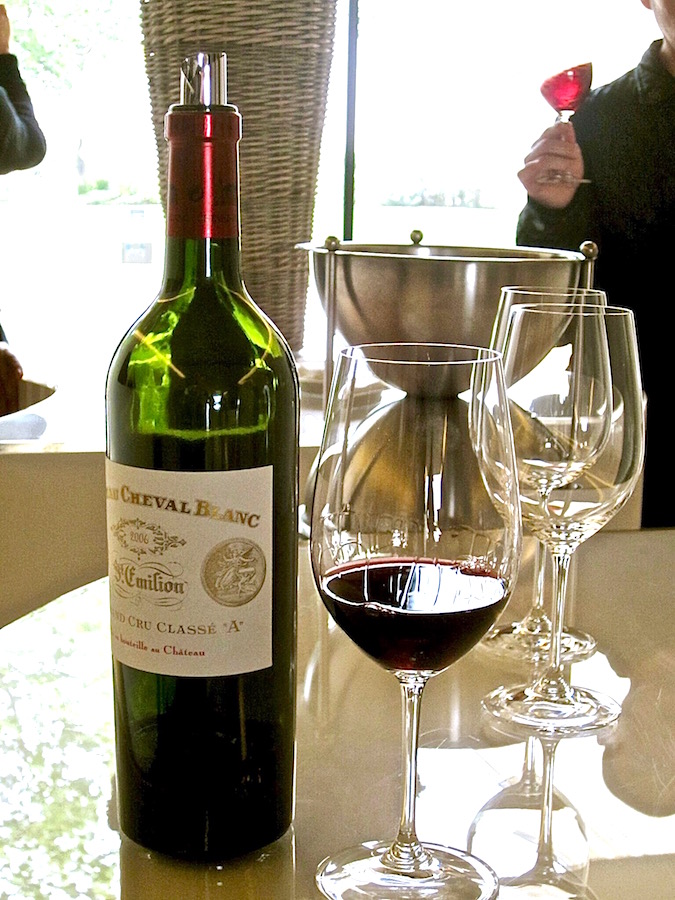
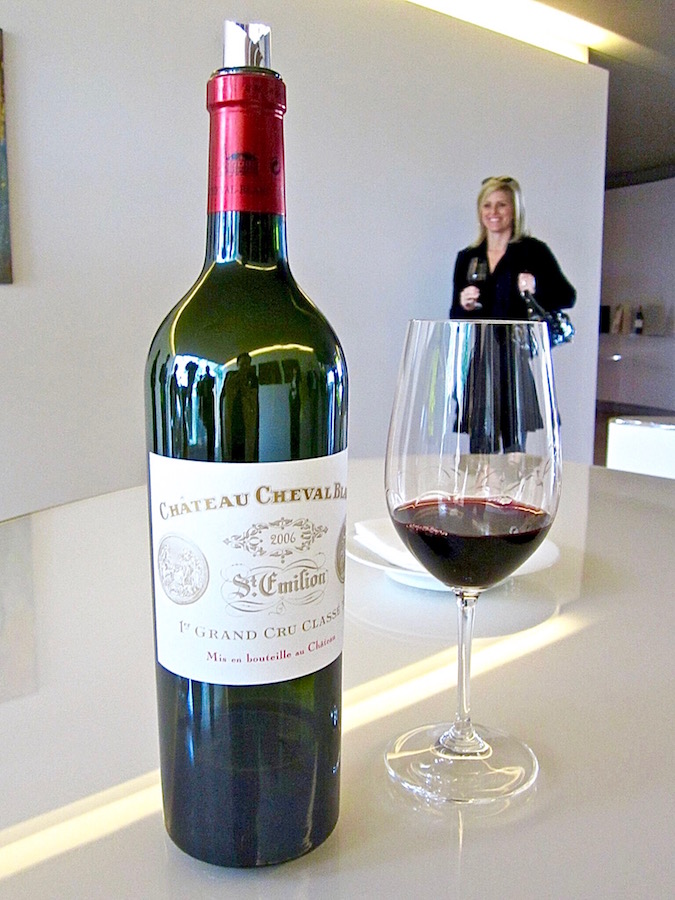
Understandably, the soil types the vines are grown in is particularly important for maintaining the character of the Cheval Blanc wines. While some estates in Saint-Emilion have excellent gravelly soil, and others have very good clay soils, Cheval Blanc is blessed with both types of soil in fairly equal proportions. Château Cheval Blanc is also one of the rare estates whose vineyard configuration has remained practically identical for nearly a century and a half, since 1871. This continuity can also to be found in the proportion of grape varieties. In 1911, the share of Cabernet Franc was also close to 50% just like it is now.
The vineyards at Château Cheval Blanc are planted to three classic Bordeaux grape varieties: 49% Cabernet Franc, 47% Merlot and 4%Cabernet Sauvignon. The average age of the vines is 42 years, but the oldest plots go back to 1920.
Replanting is done at a very slow rate – only one hectare every three years. This means that, year in and year out, the heart of Cheval Blanc's vineyard remains intact. Each vineyard plot has its own specific profile due to the age of the vines, surface area, kind of soil, type of rootstock and grape variety. As a result, the wine produced from each plot has its own unique profile. Those from clay soil are powerful with velvety tannin, while those from gravel soil are more aromatic and elegant. A blend of the two results in a wine that is both powerful and elegant with expressive aromatics as well as the complexity of Bordeaux's greatest wines.
After our fabulous tour of Château ChevalBlanc we sampled the Chateau's 2006 vintage, a blend of 54% Merlot, 45% Cabernet Franc and 1% Cabernet Sauvignon. 2006 was a year which highly favored Merlot, resulting in a wine with rich, ripe, expressive fruit which melded beautifully with the elegance of the Cabernet Franc.
The full-bodied wine was rife with layered notes of violet, cassis, cocoa, leather and cigar box which continued to evolve and mesmerize in the glass. The wine's opulence was balanced by its elegant frame and fine tannins, which demonstrated remarkable balance and poise. We took our glasses up to the rooftop garden to fully savor and indulge in the experience...right down to the very last drop.
Are you a Bordeaux fan? Why or why not and if you are, which bank do YOU prefer, Right or Left? Please let me know in the Comments section below.
Stephanie Miskew
Author